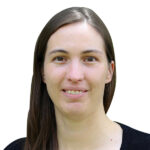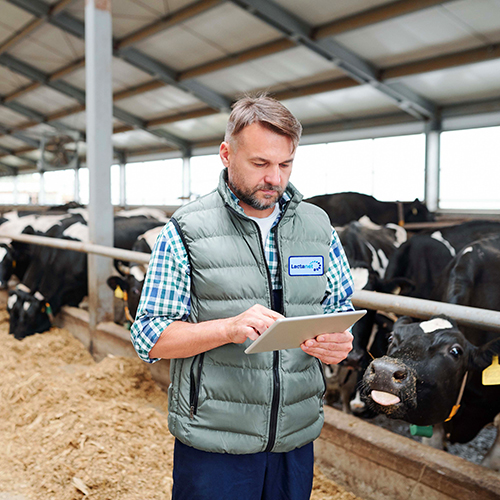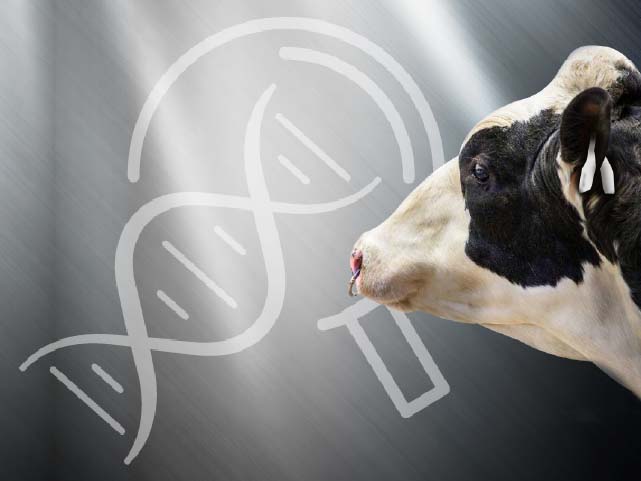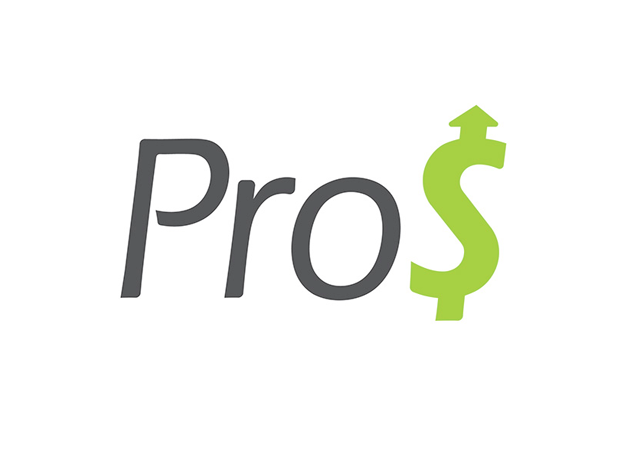Updates for the August 2021 Genetic Evaluation
- August 9, 2021
For each official genetic evaluation release, we take the opportunity to update and improve our services to ensure we are providing the best possible genetic selection tools to Canadian dairy farmers. Here are the updates for the August 10th, 2021 genetic evaluation release.
Fine-tuning Feed Efficiency
We’ve added more data! Our genetic evaluations for Feed Efficiency rely on measuring individual animal’s dry matter intake. Thanks to the continued efforts from participating farms in Canada, as well as through international collaborations, we’ve added almost 1,000 more cows to our dataset. The more cows we have with dry matter intake measurements, the more reliable our genetic evaluations will be. You may notice a slight change in an animal’s Feed Efficiency RBV as the overall range for Feed Efficiency RBVs will see a small increase. We’ve also adjusted the base definition – the group of bulls we use to standardize our RBVs – to better represent the Canadian population by including all official LPI bulls. Now, for every 5-point increase in a sire’s RBV for Feed Efficiency, the daughters are expected to reduce their total dry matter intake after peak lactation by 53 kg in each and every lactation. These updates have added stability and consistency to the Feed Efficiency results for future genetic evaluation releases.
Balanced Contributions of Locomotion and Rear Legs Rear View in Feet & Legs Composite
We’ve balanced the contribution of Locomotion and Rear Legs Rear View in the Feet & Legs type composite. Improving mobility and overall locomotion is our goal when selecting for Feet & Legs. The Locomotion classification score is one tool we use to identify animals with the highest genetic potential for improved mobility. Rear Legs Rear View and Locomotion are strongly linked so we’ve balanced the contribution of Rear Legs Rear View and Locomotion within the Feet & Legs composite to ensure that we are reaching the desired breeding goal. Now, these type traits receive approximately equal weighting. This update will only affect the genetic evaluations for the Holstein and Ayrshire breeds.
Clarification of Description Codes for Front Leg View
We’ve switched one of the descriptors for Front Leg View evaluations from “B=Bow legged” to “S=Straight”. This genetic release, you may notice that a 10B bull is now identified as 10S. We listened to your feedback and clarified the language around the Front Leg View trait to better represent the desired direction of selection for this trait. Right now, only 11% of our population is at the breed optimum as defined in the classification system for Front Leg View – which is “Straight” or a 7 on the 1 to 9 scale. The daughters of breed average bulls with a proof of 0 will score around 5.18 for Front Leg View in first lactation, far below that classification optimum. While we will continue to monitor for “Bow legged” animals, choosing a bulls with and evaluation on the “Straight” side, like a 10S bull, will help move the entire breed towards the desired optimum of “Straight”. Less than 1% of cows classified in Canada are scored above 7 or are “Bow legged”, so there is little concern right now that breeding your cow with a “Straight” bull would produce “Bow legged” daughters.
Newly Identified Recessive Trait in Ayrshires
A new genetic recessive abnormality has been identified in the Canadian Ayrshire population. Arthrogryposis Multiplex (AM) – or more commonly known as Curly Calf Syndrome – is a congenital condition where the calf is born non-viable and deformed with multiple joint contractures or curved/hooked joints involving more than one part of the body. Calves require two copies of the AM gene to be affected by this condition (one from the dam and one from the sire) and are either stillborn or die shortly after birth. Based on the testing results currently available, the estimated frequency of carriers for Canadian Ayrshire heifers born in 2019 was approximately 20%. As usual when a new recessive trait is identified, Lactanet has developed various calculations and tools to help Canadian Ayrshire breeders manage the impact of this undesirable abnormality in your herd. These tools include the Lactanet website queries and filters as well as the Compass software offered freely to all Canadian Ayrshire breeders. Animals may be genetically tested to confirm if they are Carrier (AMC) or Free (AMF). For animals not genetically tested, their carrier probability based on known pedigree will be available by Lactanet. We want to provide you with information as quickly as possible so that you can identify carriers in your herd and make breeding decisions that minimize the potential negative impact of Curly Calf Syndrome. If your cow is a probable AMC, make sure you choose an AMF bull for mating.
Implementing these updates in the August 10th, 2021 release helps our genetic evaluations remain stable, balanced, and user-friendly. To learn more about our genetic evaluation services, visit lactanet.ca/genetic-evaluations/











